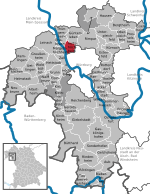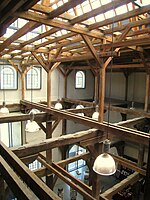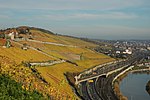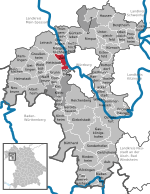Airmobile Operations Division (Germany)
Airmobile Operations Division (Division Luftbewegliche Operationen) was a division of the German Army. The division was founded on 1 July 2002 and reported for duty 8 October 2002. Airmobile Operations Division consisted of approximately 14,500 soldiers, 350 of which were stationed at divisionary headquarters in Veitshöchheim, Germany.In October 2011 the German Federal Ministry of Defence announced a reorganisation/reduction of the German Armed Forces. As a consequence, Airmobile Operations Division was dissolved and those units not being disbanded altogether were either transferred to other parts of the armed forces or incorporated into a different command structure. The division itself was officially disbanded on 26 June 2014 and was integrated into the 10th Armoured Division which relocated from Sigmaringen to Veitshöchheim.
Excerpt from the Wikipedia article Airmobile Operations Division (Germany) (License: CC BY-SA 3.0, Authors).Airmobile Operations Division (Germany)
Oberdürrbacher Straße,
Geographical coordinates (GPS) Address Nearby Places Show on map
Geographical coordinates (GPS)
| Latitude | Longitude |
|---|---|
| N 49.827477777778 ° | E 9.9017083333333 ° |
Address
Balthasar-Neumann-Kaserne
Oberdürrbacher Straße
97209
Bavaria, Germany
Open on Google Maps









